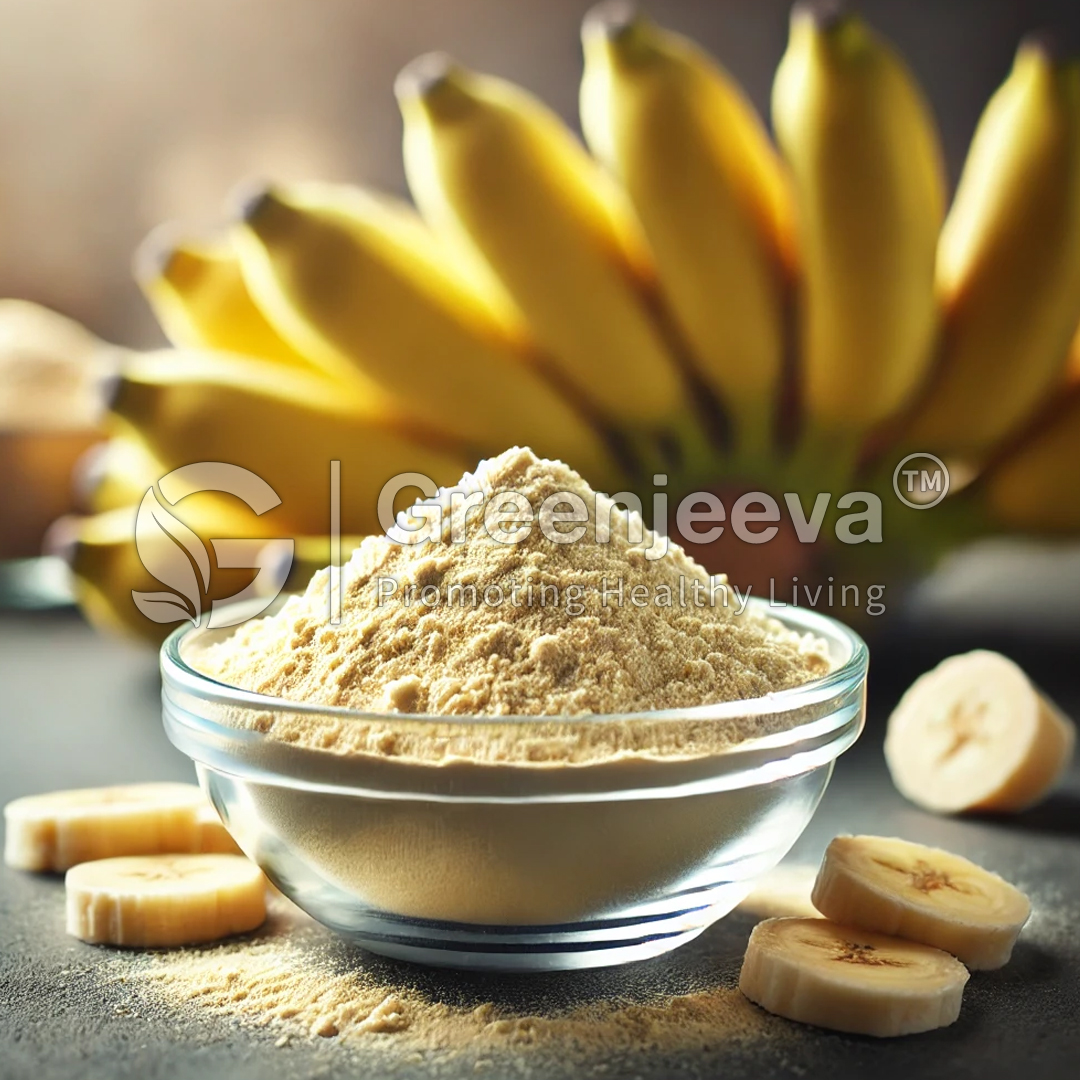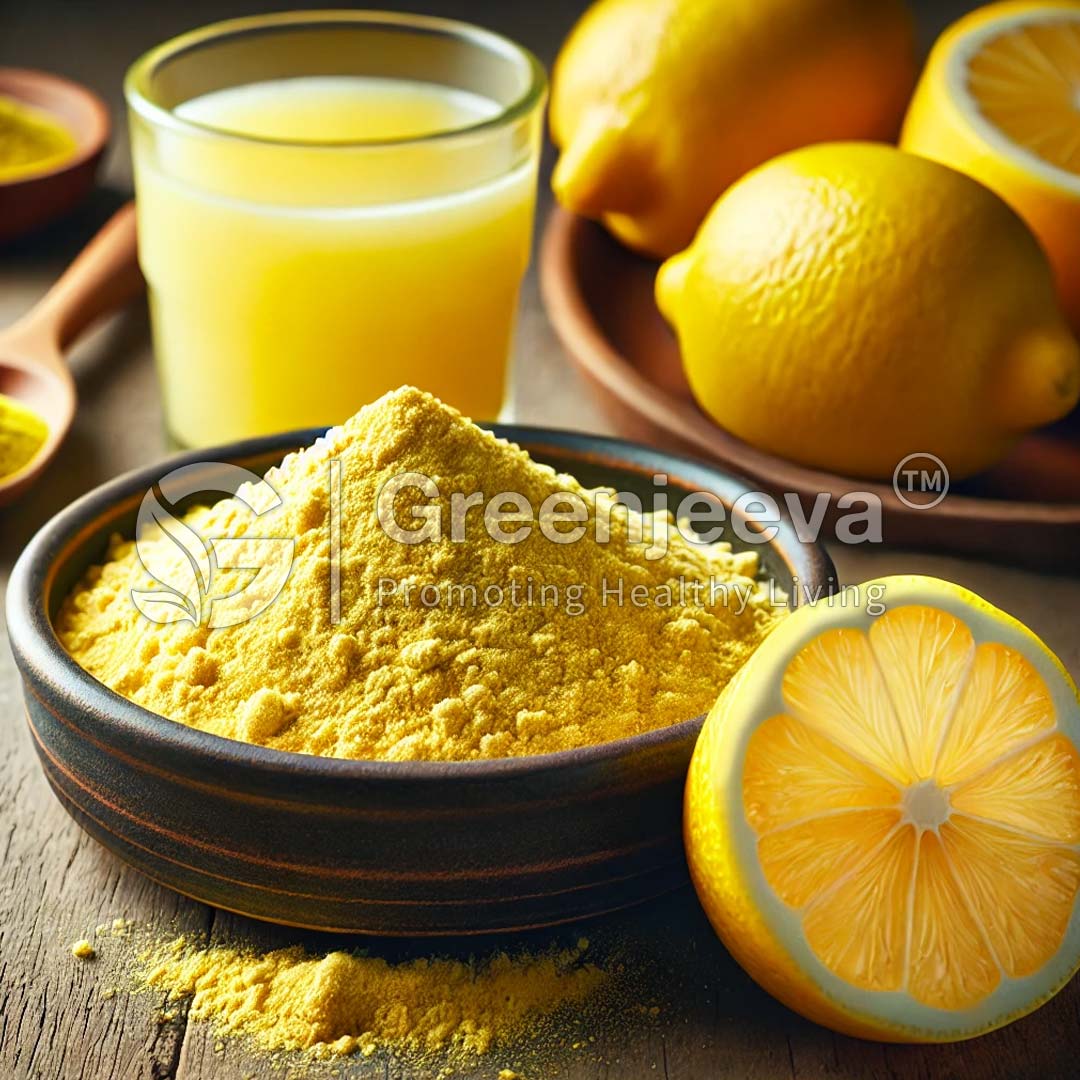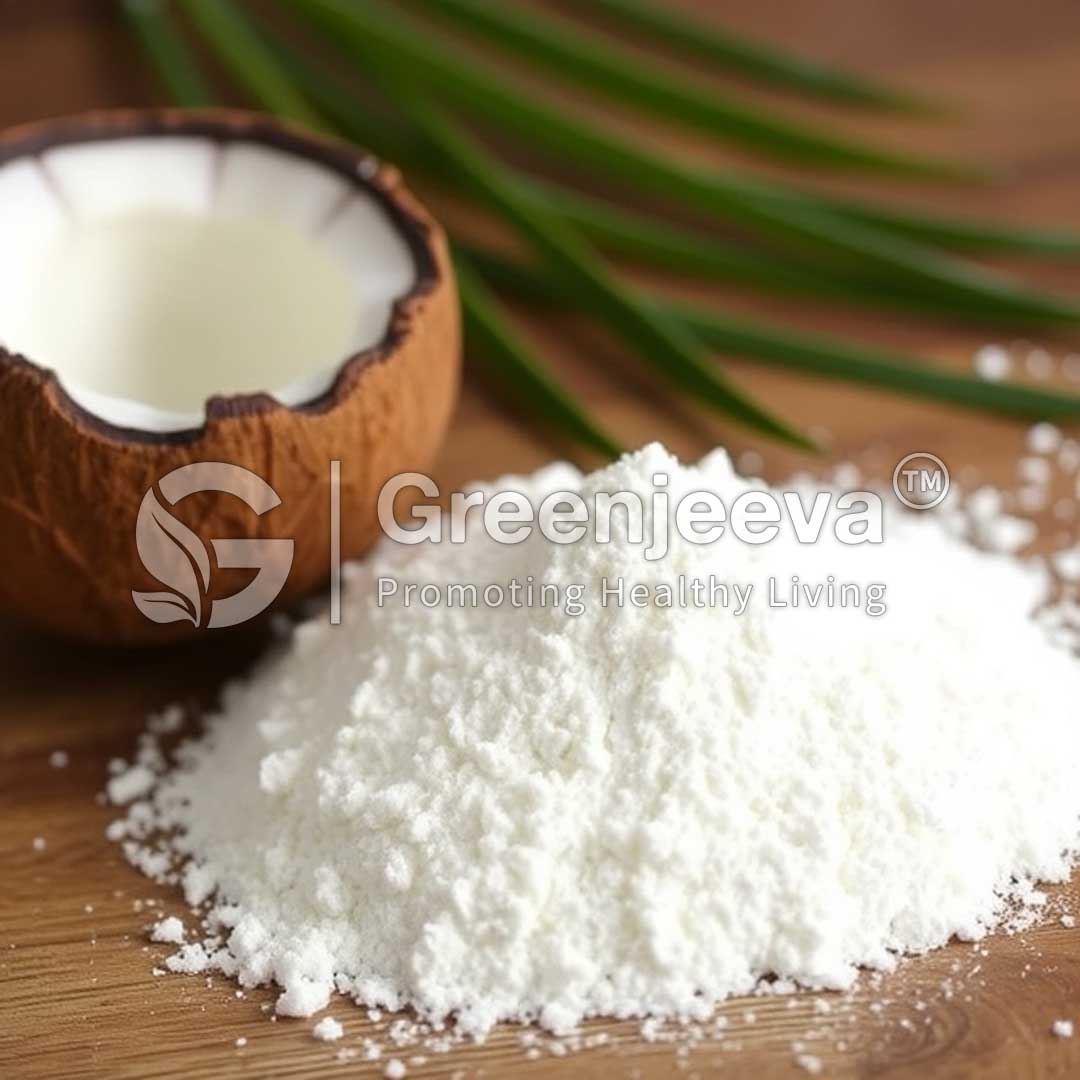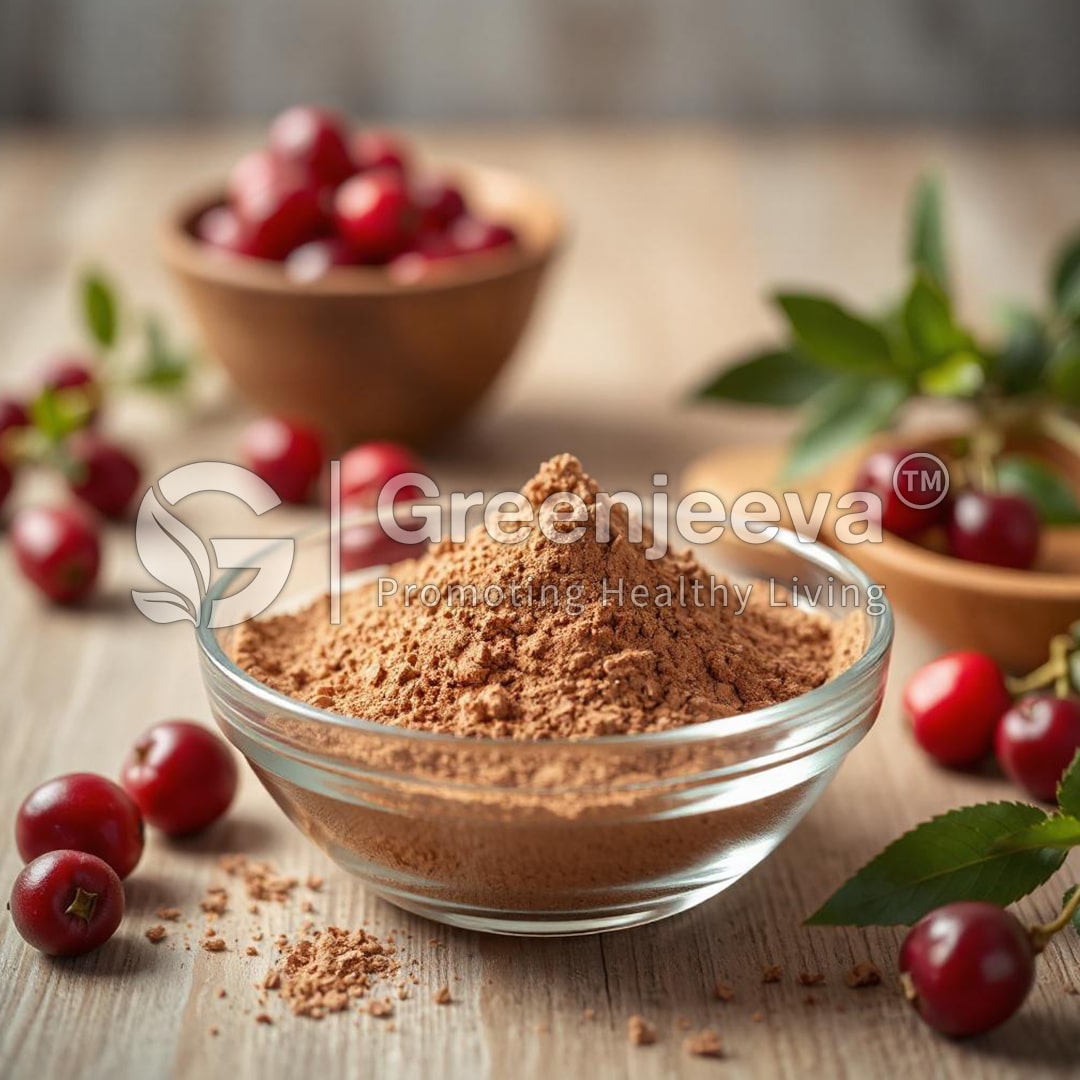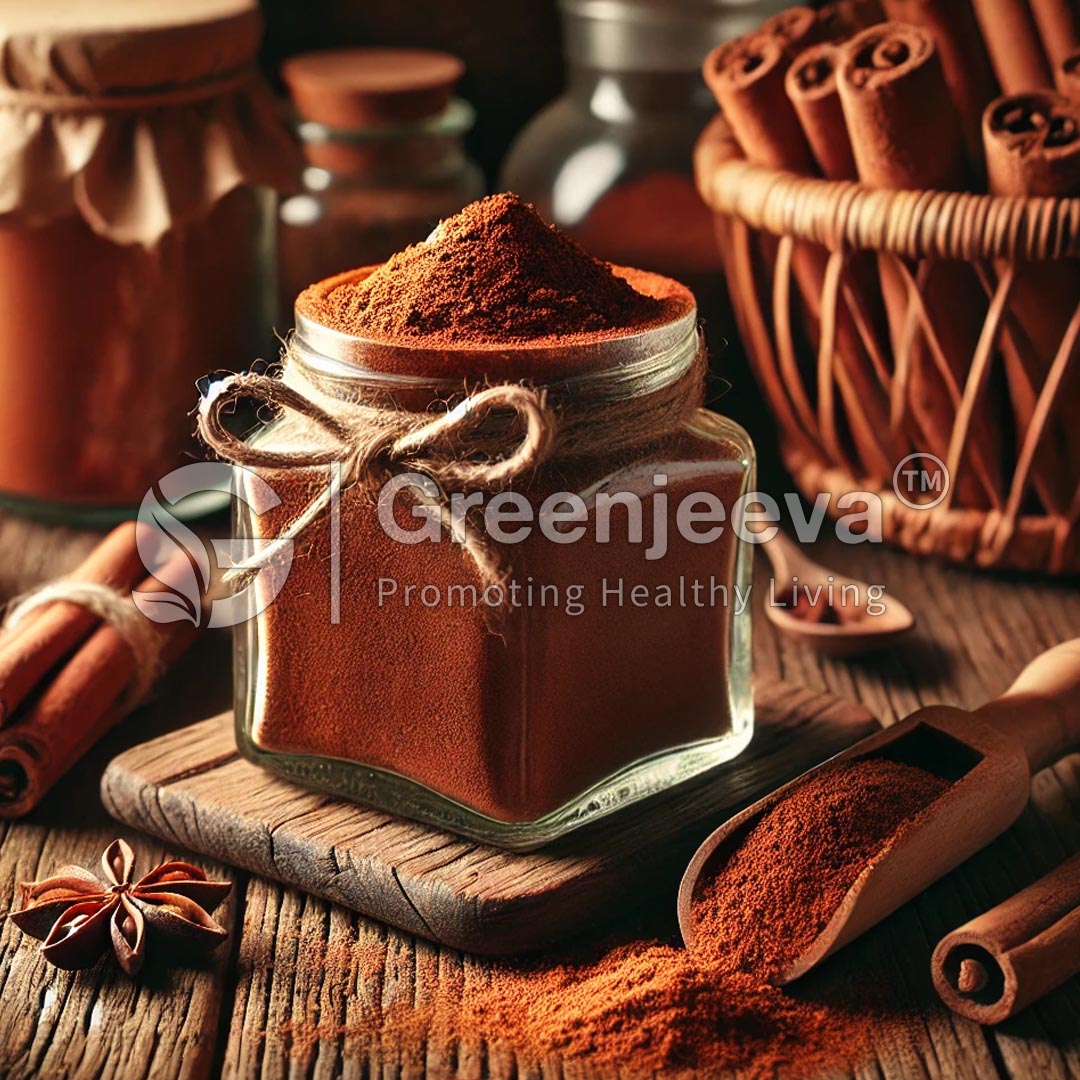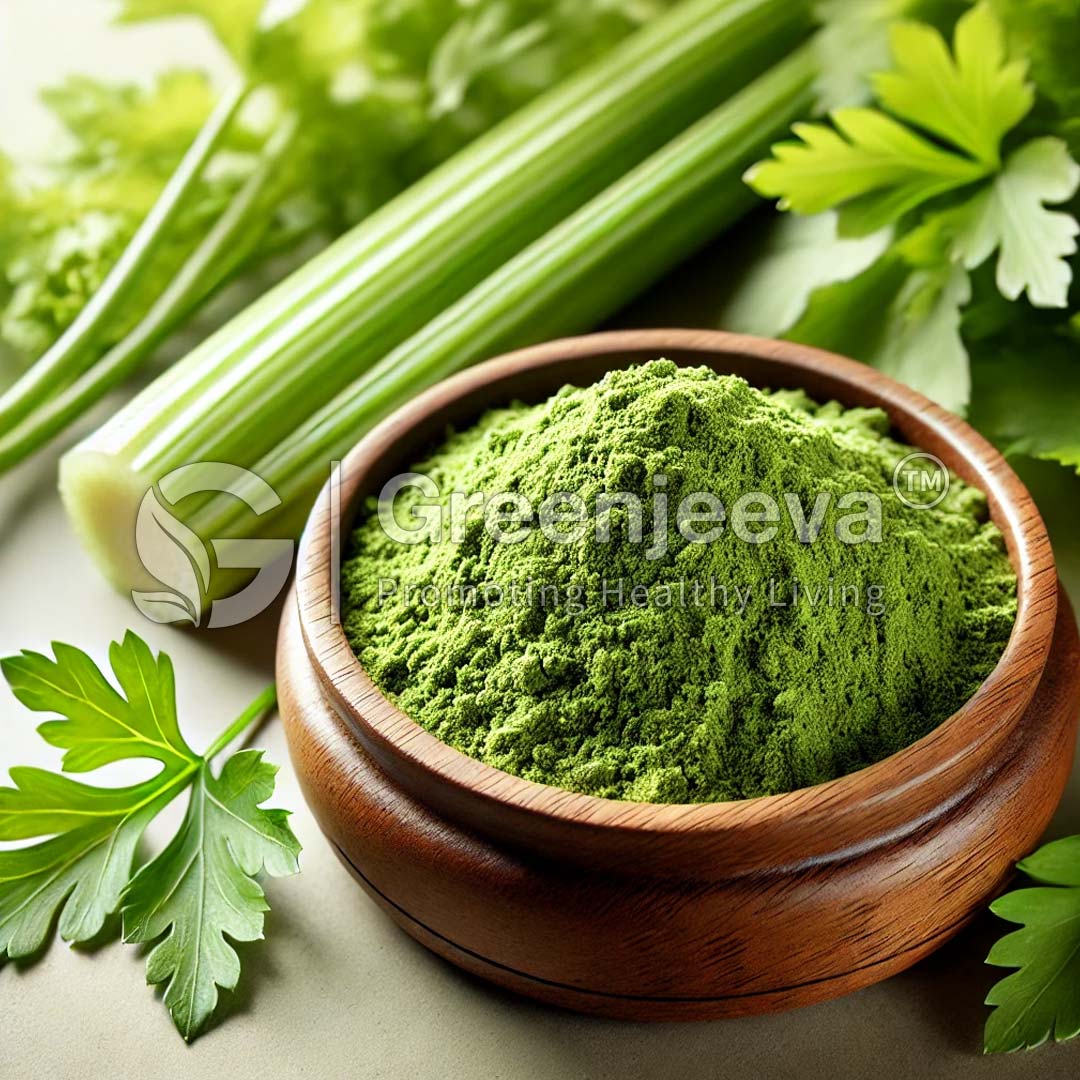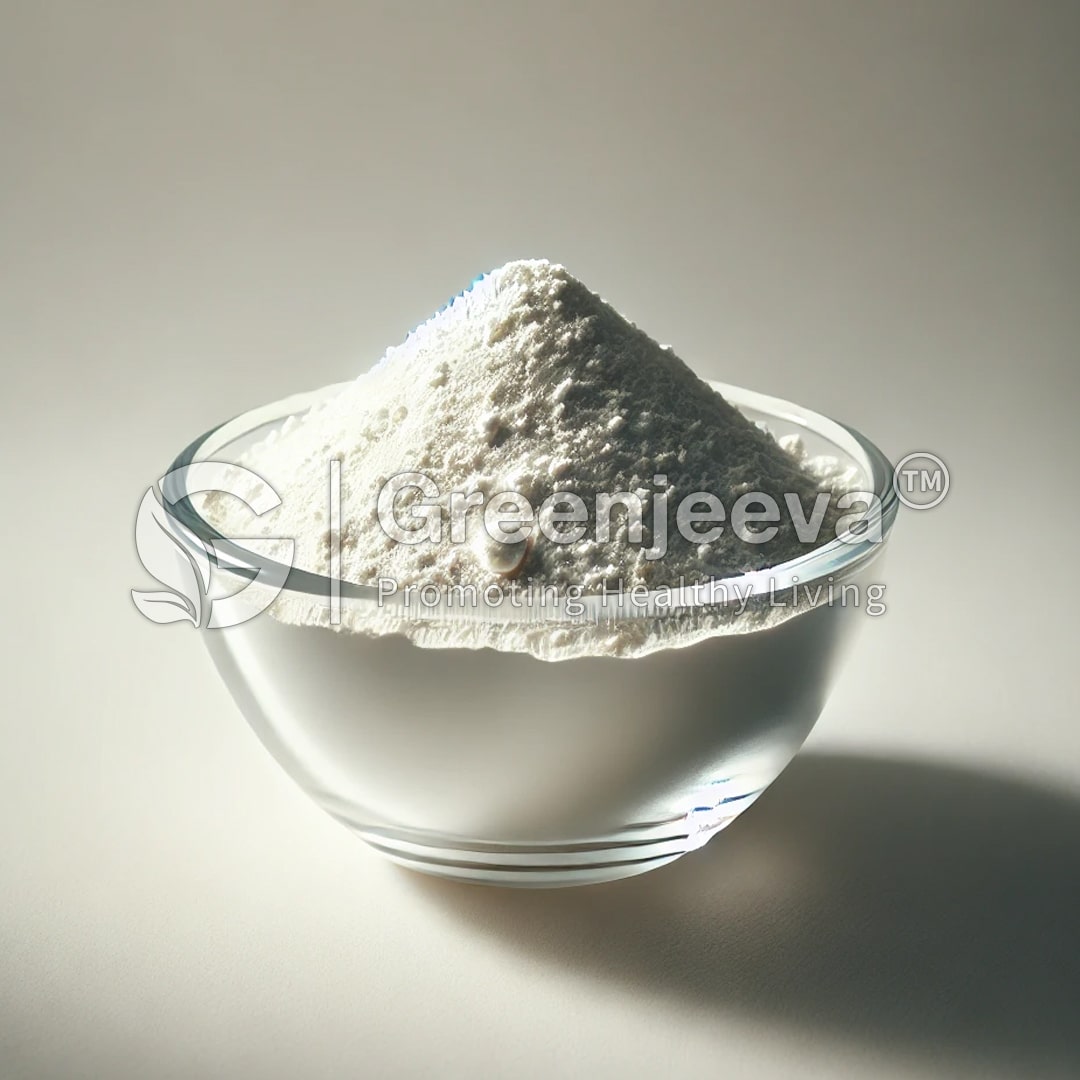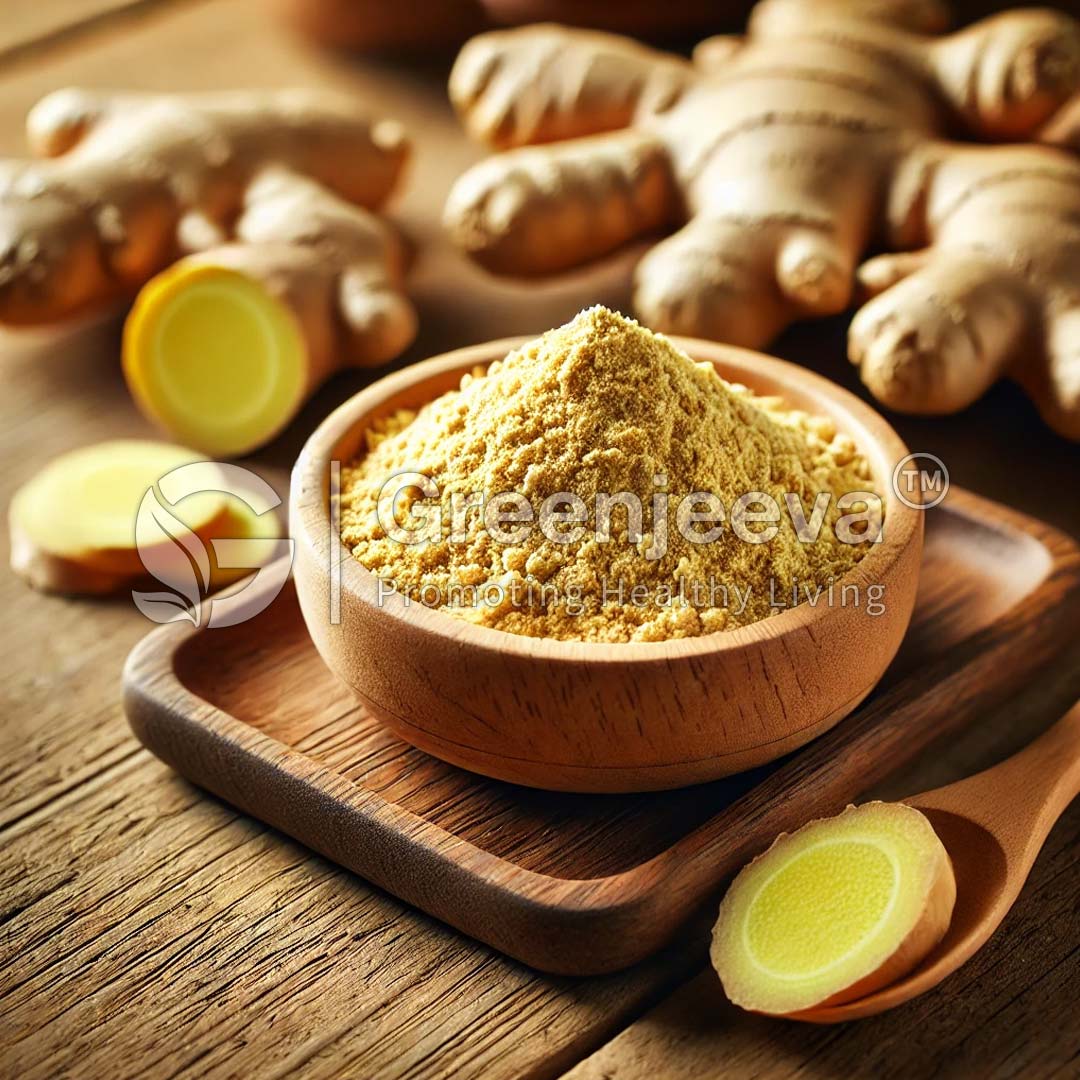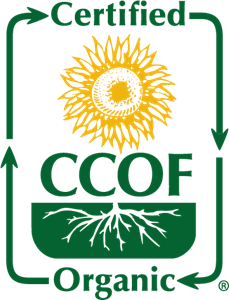Botanical Name: Musa spp
Plant Part Used: Fruit
Processing Method: Drying and Grinding
Organic Banana Powder is a naturally sweet, fine powder made from organically grown bananas (Musa spp.). It retains the fruit’s natural flavor, aroma, and nutrients, making it a popular ingredient in smoothies, baby foods, baked goods, and functional nutrition products.
Banana powder is highly nutritious as it is a good source of vitamins. It contains high levels of choline which is an essential macronutrient that supports human health. Bananas are great sources of folate, niacin, copper, manganese, and various amino acids.
We do not accept material having pesticide content more than its LOD. Our Products are tested in globally recognized third-party labs like Eurofins, SGS &TUV. The products are tested for pesticides as per the USDA 561 list of prohibited pesticides and European Union Minimum Residual limits (MRLs) on pesticides. When pesticides are found below the level of detection (LOD), we accept products as Organic in addition to relevant certifications.
We do not accept organic banana powder from the farms and facilities where GMO crops are grown and processed.
Yes, this is of plant origin, and no animal-derived products are used in this, making it the perfect product for vegetarians and vegans.
We ensure that microbial parameters in our products comply with microbial limits as specified by the American Herbal Product Association (AHPA). We generally test total plate count (TPC), Yeast and mold, E Coli & Salmonella in our products.
It is generally used in food industries, dietary supplements industries, Cosmetics industries, and various other areas. Its applications are worldwide.
The period during which any food product will remain safe and retain its desired sensory, chemical, physical, microbiological, and functional characteristics when stored under suitable conditions is the shelf life of the product. We provide organic banana powder with a shelf life of not less than 24 months.
Nutraceuticals
Herbal Supplements
Functional Teas
Wellness & Health Products
Product Type: Raw Material
Product Category: Organic
Product Subcategory: Herbs-Spices-Seasonings
Product Mix Category: Organic RM Powders
Package Type: 25.00Kg



